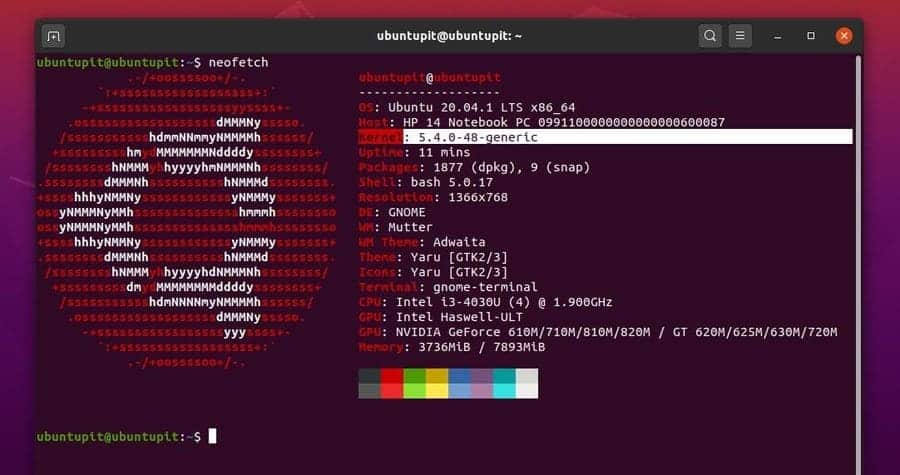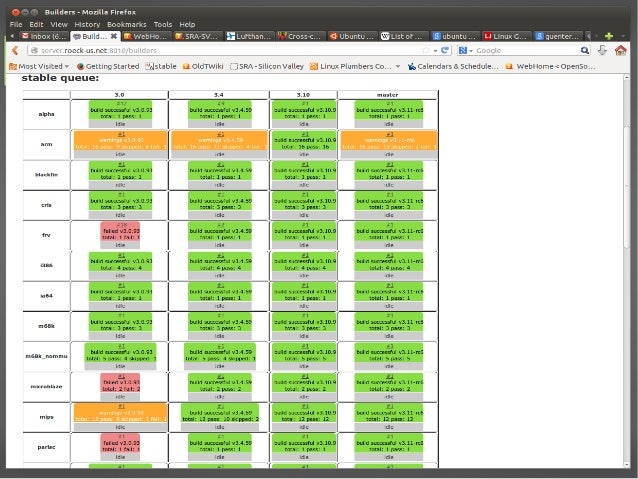

All Rights Reserved.As we approach its 30th Anniversary, Linux still remains the largest collaborative development project in the history of computing. Perhaps the easiest is to use the uname command (which reports basic information about a system's hardware and software) with its -r option, that is,Ĭopyright © 2006 The Linux Information Project. There are several ways to determine which release of the kernel is being used on any particular system. The first version of the 2.6 kernel, 2.6.0, was released on December 18, 2003, and the current 2.6.16 minor revision was released on March 20, 2006. This superseded 2.6.16.17, which was released on May 20. Other letters usually indicate the person responsible for that release, such as Alan Cox, Con Kolivas and Andrew Morton.Īs of the newest release was 2.6.16.18, which was released on May 22. The letters rc (followed by a number) refer to a release candidate and thus indicate a non-official release. Sometimes the four numbers will be followed by several letters, such as rc1, ac, ck and mm. The fourth number represents corrections, such as security patches and bug (i.e., error) fixes.
#Linux kernels drivers
It is only changed when new features or new drivers are added.

The third number indicates the minor revision of the kernel. However, this has changed starting with the Linux 2.6.x series, and new feature development now takes place in the same revision number.

They were for testing new features and device drivers until they became sufficiently stable to be included in a stable release. Likewise, odd numbers, such as 1.1 or 2.5, have historically represented development releases. It was formerly the case that even numbers indicated a stable release, that is, one that was deemed fit for production use (i.e., use in a non-experimental environment), such as 1.2, 2.4 or 2.6. The second number denotes the major revision of the kernel version. In fact, it has been changed only twice in the history of the kernel: in 1994 with version 1.0 and in 1996 with version 2.0.
#Linux kernels code
It is changed least frequently, and only when truly major changes in the concept and the code of the kernel occur. The first number denotes the kernel version. Linux kernels are now identified by a set of four numbers, sometimes supplemented by several additional characters. The current version numbering system began with the kernel 1.0, which was released in March 1994. This was followed the next month by the 0.02 kernel. Theįirst, which was released by Torvalds in September 1991, was designated 0.01. The initial Linux kernels had a very simple numbering system. The Linux kernel was originally developed by Linus Torvalds, who based it on (but did not copy) both UNIX and MINIX (an open source clone of UNIX). Linux kernel version numbering, by The Linux Information Project (LINFO) LINFOīecause there are numerous revisions and releases of the Linux kernel and new ones are developed at frequent intervals, it is important to have a system for clearly identifying them.Ī kernel is a program that constitutes the central core of a computer operating system and which has complete control over everything that occurs in the system.


 0 kommentar(er)
0 kommentar(er)
